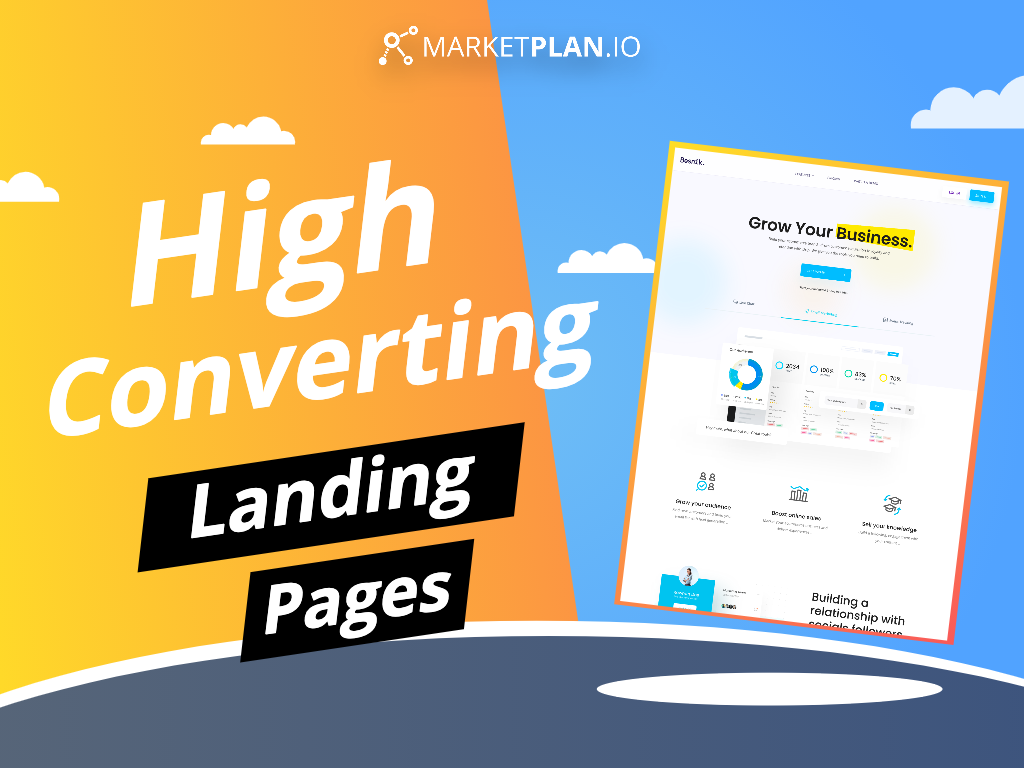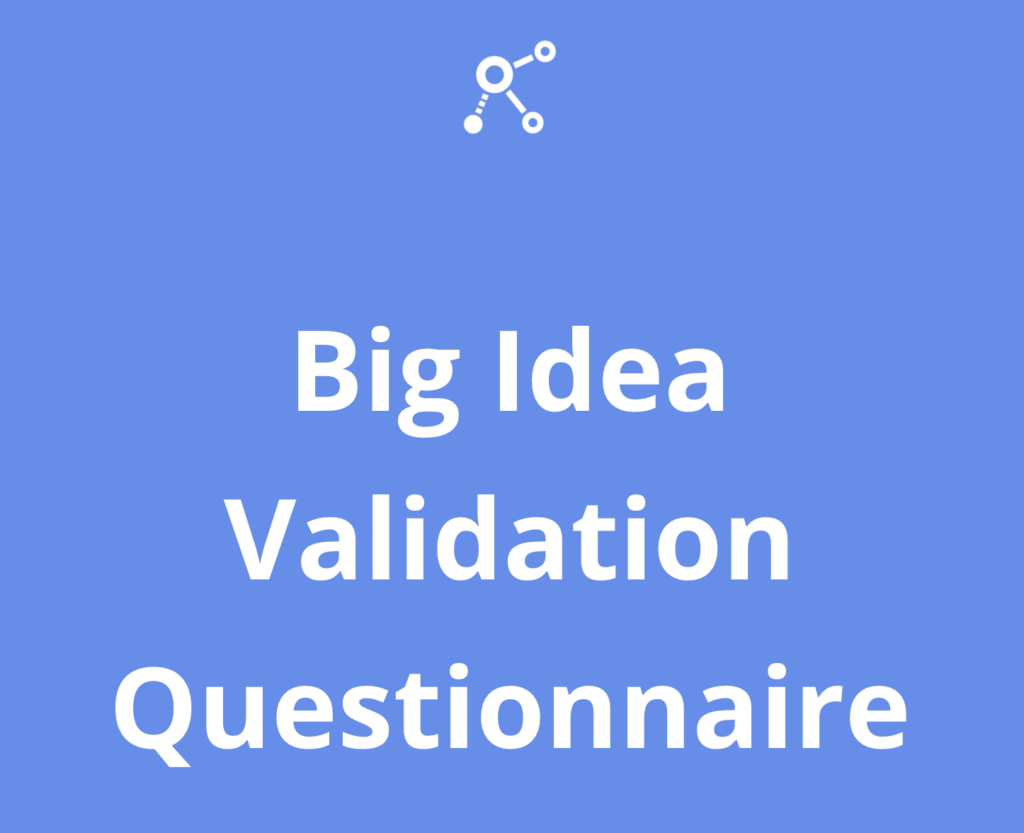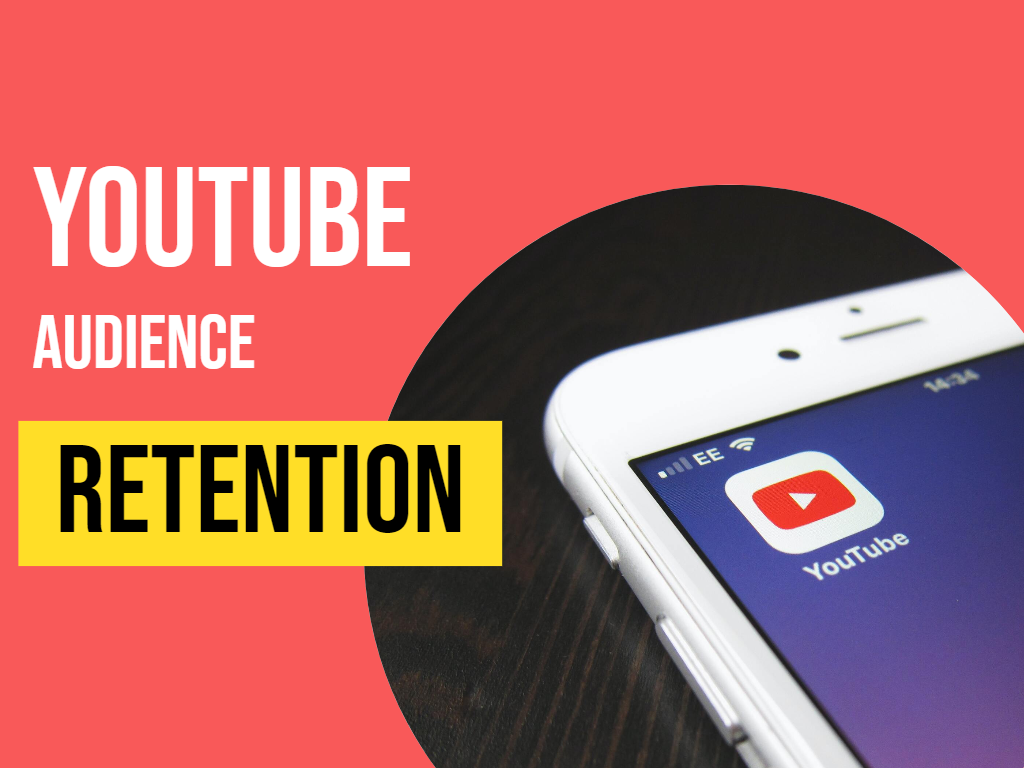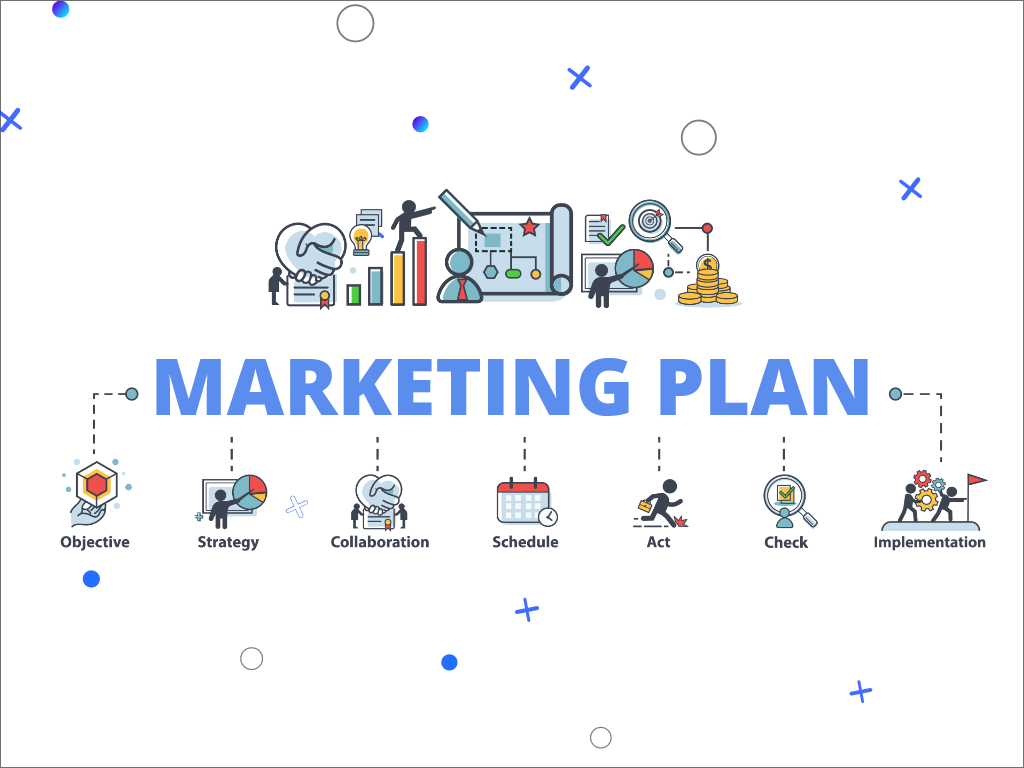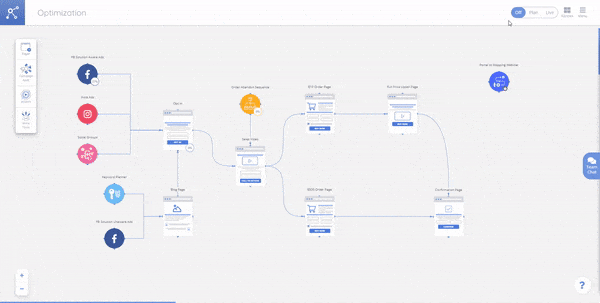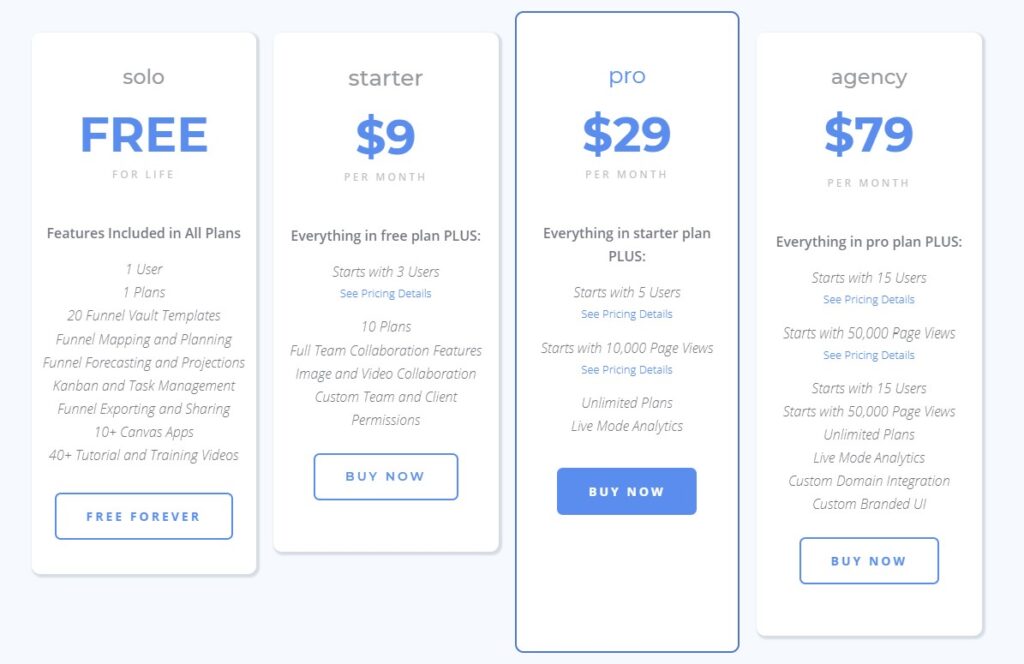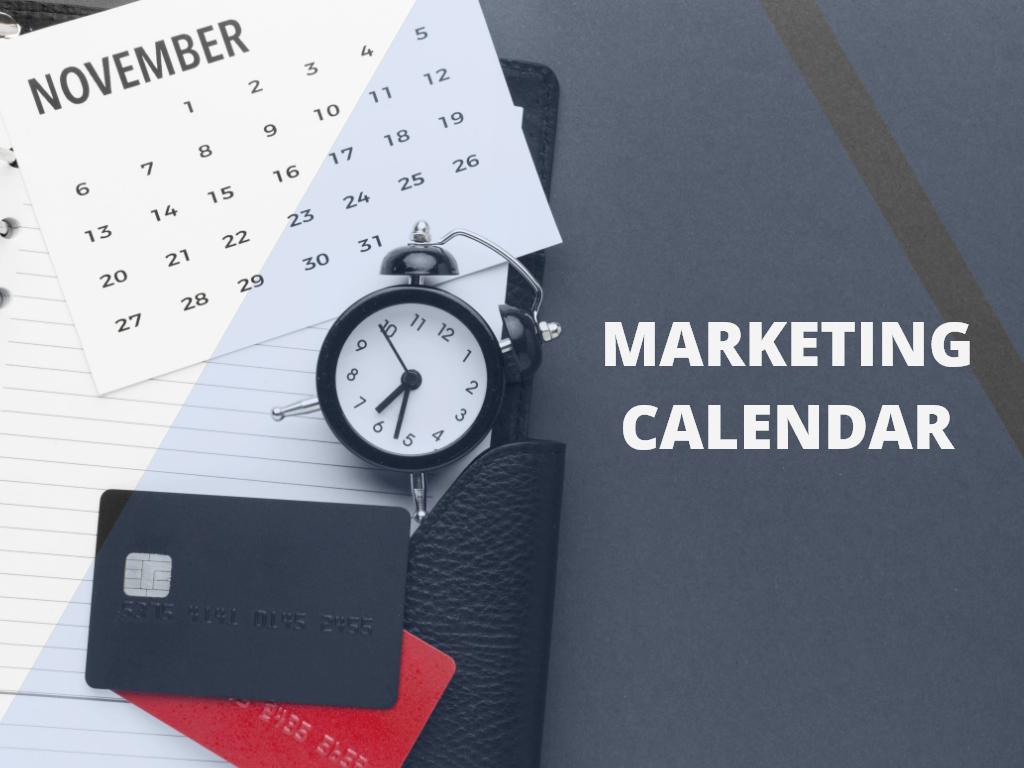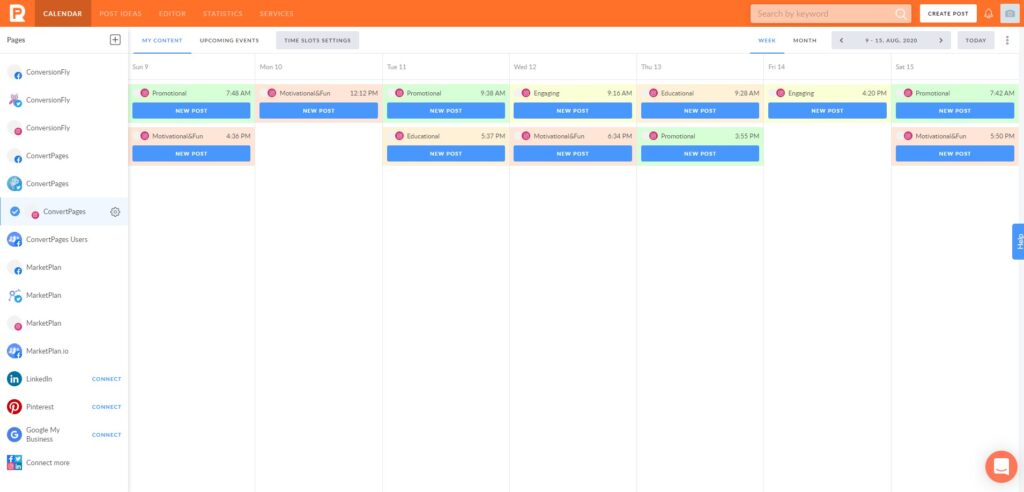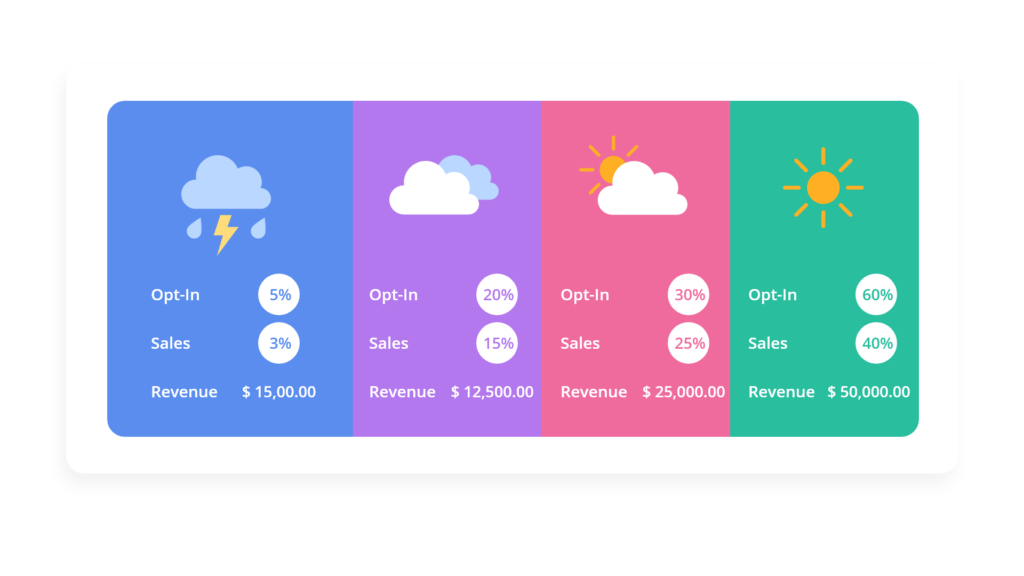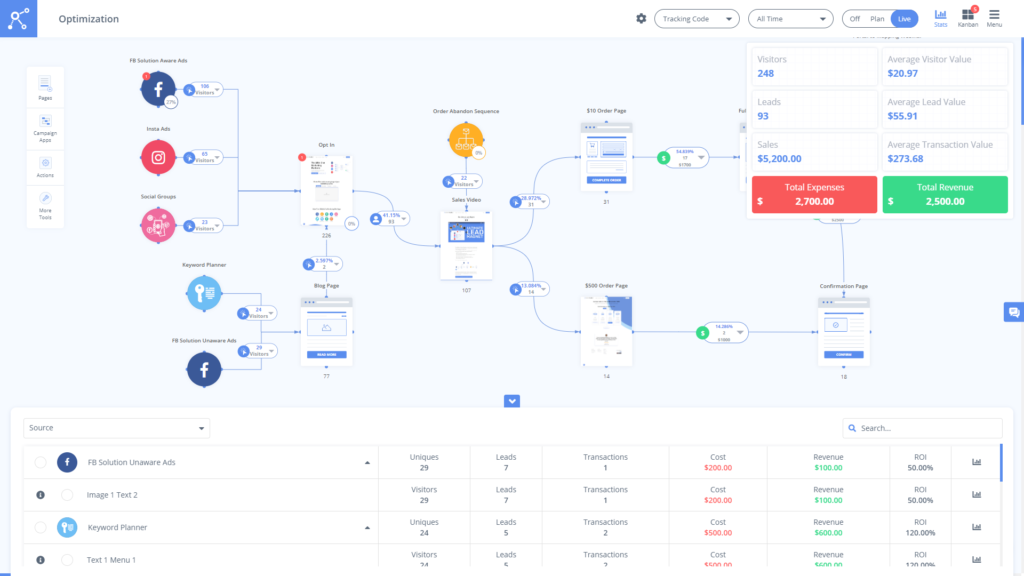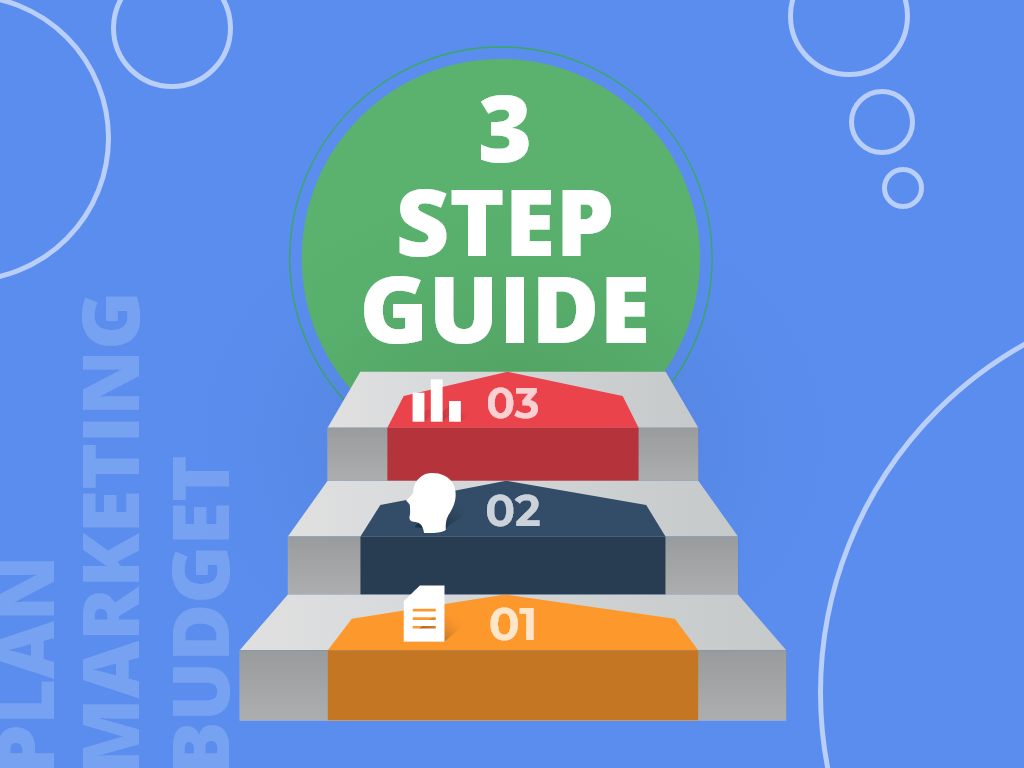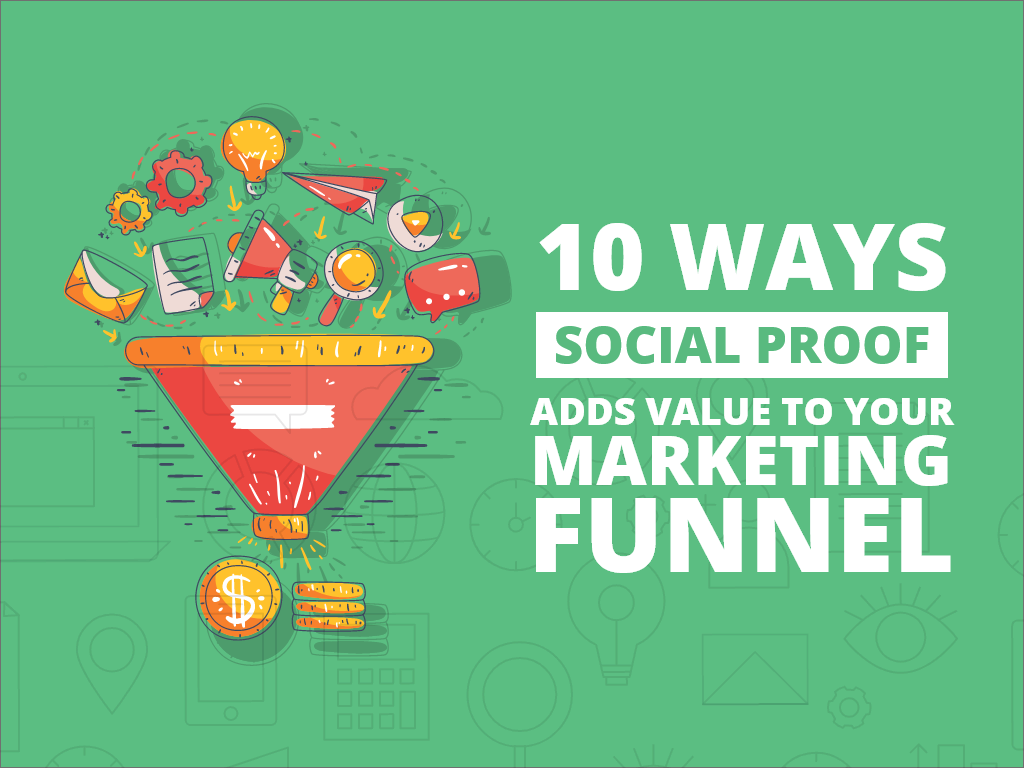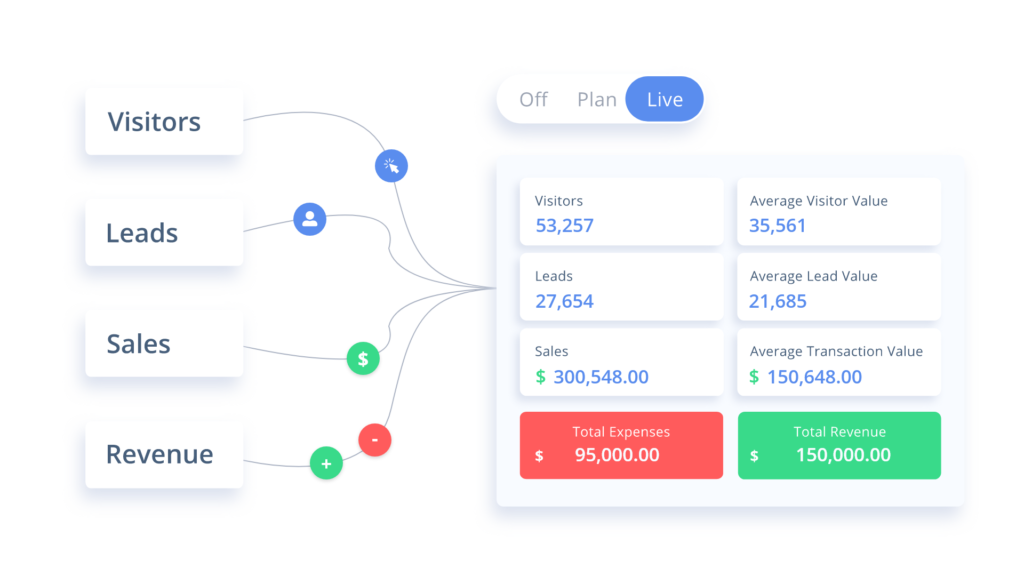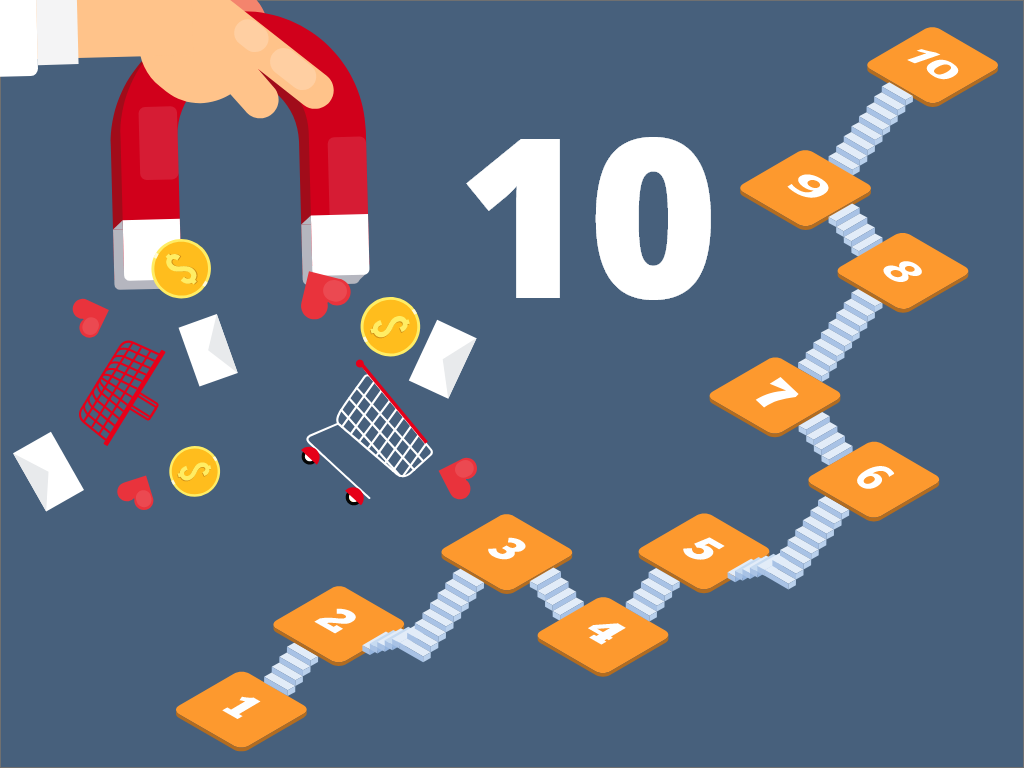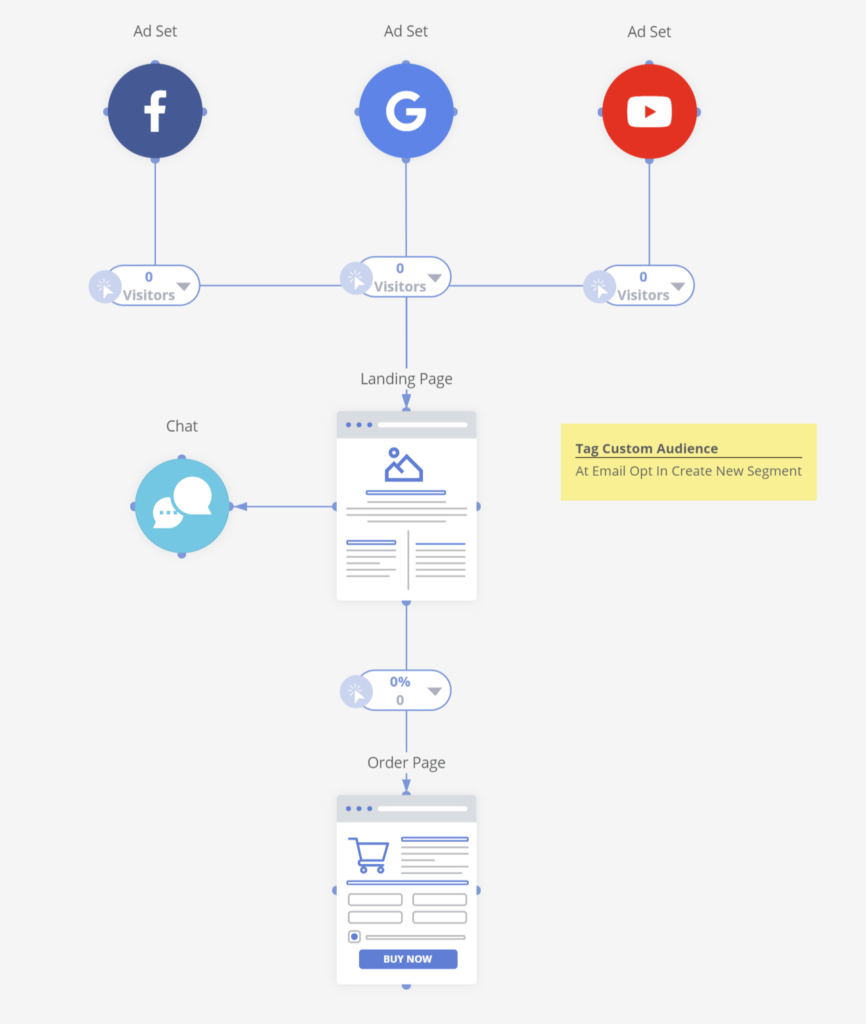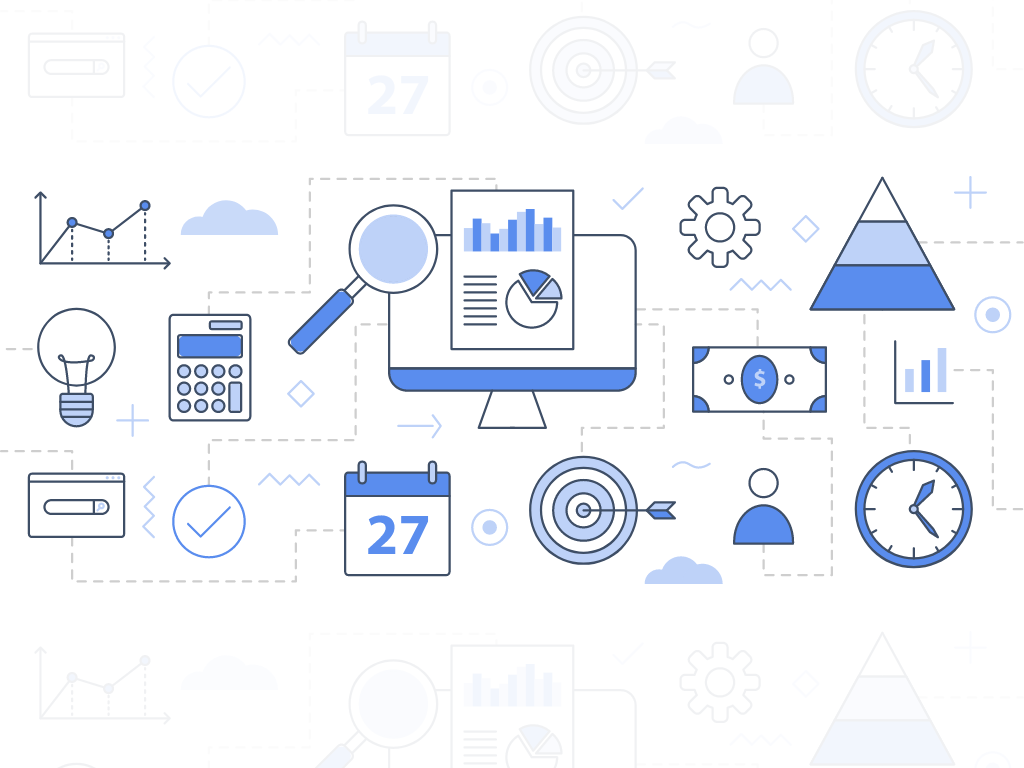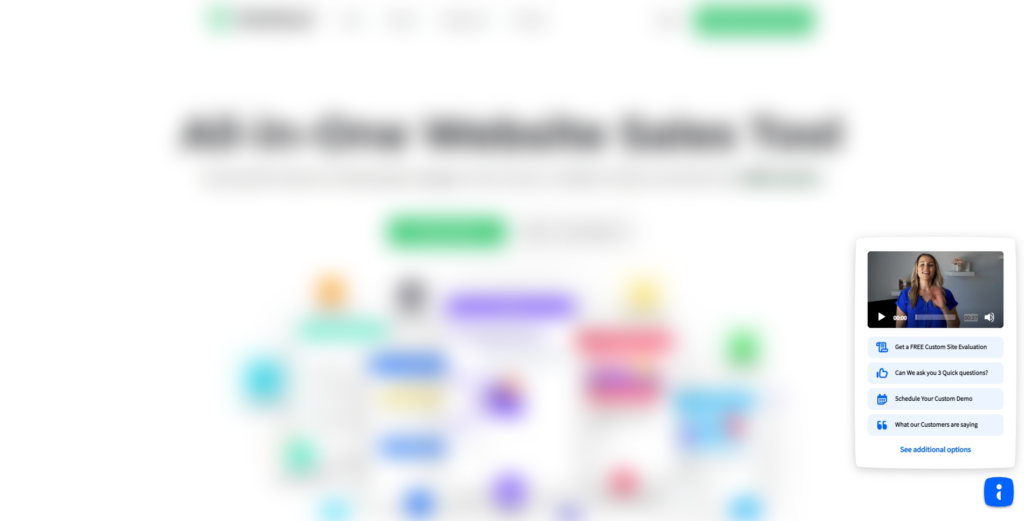Landing pages are crucial for marketing because they are the first impression prospective leads get of your business. It’s where your user lands and decides either to engage with your brand, or look elsewhere.
A good landing page should clearly communicate the benefits and features of your product or service in an engaging and unique way.
The ultimate goal of a good landing page is to convert visitors into leads or customers by convincing them to take a desired action, for example, fill out a form or download an ebook.
While the best way to create a landing page is through testing and iteration, you can use these tips as a starting point.
The design should be clean, minimal and sleek
A clean and minimal landing page design is a good way to persuade the visitors into signing up. The visitor should not be overwhelmed by information, so it is important to put only the necessary information in the landing page.
The design should also have a clear call-to-action, and it should be placed at the top of the page or somewhere that is easy to access for the user instantly.
There are many reasons why people use clean and minimal designs on their website or landing pages. For starters, people like them because they look more professional and trustworthy than other types of clustered designs. It also lets the website feel more spacious which makes it easier for people to find what they want without feeling overwhelmed.
In short. the design of your landing page should ensure that you have the right balance of information so that you don’t confuse your customers with too much text or images but also make sure they are not disinterested by just having text on screen.
The Right Headline
A successful landing page starts with a good headline.
Headlines are usually the first thing that people see and they can largely affect your conversion rate. They need to be informative and have a clear call for action. Headlines usually also give the first impression of what your landing page is about.
You want the headline of your landing page to make people want to read the full content. The best headlines do this by being direct and concise, but creative and intriguing at the same time.
It also needs to be relevant to the content being offered on the page. It should not just be a clichéd phrase or promise that does not match the content that follows it.
Although Landing pages are not best known for organic SEO traffic, you can include keywords that help search engines rank your page higher in search engine results pages (SERP’s) for people searching for those keywords.
The best way to come up with a good headline is to use the benefits-driven approach. You make sure that you have all your benefits listed in different sections and then you use them in your headlines.
To come up with a good headline for your landing page, always consider the below 5 points,
- Who is your target audience?
- What problem are you solving?
- What is your unique selling point?
- Why should the customer choose you over the competition?
- What is your call to action (CTA)?
Also, make sure your headlines have the following characteristics,
- Specific: Be clear about what you are marketing and why you think it is valuable and relevant to your audience.
- Memorable: The headline needs to stay in the visitor’s head, so it’s not only informative but also memorable.
- Honest: There is a fine line between honesty and overhyping, so make sure you don’t oversell your product or service.
Once the above points are fulfilled, your headlines give a complete overview of your product to the visitors compelling them to take further action.
When it comes to the length of the headline, ideally it could be anything between 8 to 10 words. It can be quite a challenge to convey so much information within such a short word count, but it can have a large impact when done correctly.
The copy should be concise
Copy is the backbone of a landing page. It sets the tone for what your visitors will experience on your site.
A good landing page copy should have the following in order to be successful,
- A clear message: The message on the landing page should be clear and concise.
- A relevant value proposition: This is what your prospects are considering when evaluating your product in the marketplace. But how do you come up with a relevant value proposition? What are the components?
The value proposition should highlight the benefits of your product or service and how this can solve their existing problems in a unique way.
A value proposition is a statement that offers benefits in return for the costs-time, money, and effort of a potential customer. It also conveys what sets your product or service apart from competitors. Value propositions can be as simple as “We deliver healthier food in less time” or as detailed as “Our service offerings allow you to optimize revenue while minimizing risk.”
As an example of another case, If you are promoting a mobile app, then your message should speak directly to why someone would want to download your product and use it on their mobile device.
- A clear call to action: The call to action should have the right words that would encourage readers to take action.
Here are a few tips on how to write great CTAs:
- Keep it short and simple. The purpose of a CTA is to get your reader to take an action, so make sure you keep it short and clear. Asking for more information than needed will only confuse your readers, which can lead them to unsubscribe from your newsletter or visit your website less often.
- Written in easy to understand language that communicates seamlessly. It should be written in a way that is understandable for a wide range of people.
- Use spatial formatting to make it easy for visitors to find the information they want.
Conversion Rate Optimization with Continuous A/B Split Testing
Conversion Rate optimization is the process of identifying and then implementing specific changes to a landing page in order to increase the percentage of visitors who convert into customers.
The goal is to improve conversion rates, so that you can spend less money and time on acquiring leads or customers.
A/B split testing is one of the quickest, most reliable ways for marketers to test ideas with their audience and see what works best.
It is one of the most cost-effective ways to figure out what works best for your landing page. It helps you to understand what kind of copy converts better, and also what kind of images work well.
Split testing involves running two versions of a page at the same time so that you can compare user behavior on each. It is important to start by defining what we want visitors to do on the page before we set up a test.
The aim of A/B split testing is to find out which version of the page will generate more conversions and works better in terms of user experience & conversions. For example, if one version has 10% higher click-through rate than another, then it is a data proven fact that it is the higher-converting landing page for your campaign.
The more you test, the more you will learn about what works and what doesn’t with factual data.
It can help you determine which design, ad copy, or content will produce the best results. Once you have determined a winner with your A/B test, you can then deploy this winning combination on all of your marketing channels.
A/B split testing can be done manually with a lot of custom coding involved, but it’s much more efficient and effective when you use a landing page builder that supports A/B split testing for it.
Unbounce, LeadPages, InstaPage are some of the tools you can use for it. Using a page builder not only saves you time and money, but makes it a whole lot easier to see the results of your split test and optimize accordingly.
There are many ways to A/B split test a landing page. There is no “one size fits all” approach. You should build your own experiment that targets your needs and goals. The most important thing is that you have a hypothesis about each element you’d like to test on the page and you can measure whether it’s improving or diminishing the overall conversion rates.
When testing landing pages, it’s crucial not just to look at the number of conversions but also at how long visitors stay on the page and what actions they take on the site before and after converting.
You can use tools like Hotjar and SmartLook to capture the session recordings and heatmaps of the visitors to see the user behaviour and tweak your landing page accordingly.
Map and Plan the Conversion Funnel before Building it
The conversion rates of your campaign doesn’t just depend on the landing page, but also on what happens after someone has signed up or submitted their details on it.
It is the whole conversion funnel that matters including the email sequence, checkout mechanism, upsells & downsells, etc. that decides how successful your overall campaign is.
If you have an excellent landing page but when other parts of your funnel are broken, you will end up with a high sign up rate but extremely poor conversion rates and revenue numbers.
Your sales funnel can be as short as two steps or as long as 20 steps in order to gradually build up the customer experience and maximize conversions. If you have not mapped out the whole funnel beforehand, it becomes difficult and complex later when you are building it.
Mapping the funnel will help you determine what each step should be, how much time it will take, and how much investment it will need from your company.
Your funnel map should contain,
- The traffic source – Organic traffic through content marketing or paid ads?
- The email sequence – Email marketing or any other means like LinkedIn messages, Facebook Messages via chatbots, Webinars, etc.
- The Checkout mechanism – The main offer, upsells, downsells, cross-sells, etc.
You can use a tool like MarketPlan to build your whole funnel map easily.
Once you have completed the mapping, you will have an overall idea about,
- Where to place customer touchpoints,
- What type of customer touchpoints will be used,
- The entry points into the funnel,
- Key stages throughout the funnel and how they move the customer from one stage to the next,
- The ideal customer journey that can generate the best revenue for your product or service.
As a funnel map is a visual representation of this flow, you can completely visualize it and easily identify gaps that need to be addressed on a high priority.
Add Testimonials, Reviews, and Social Proof
Testimonials can provide a more personal approach to marketing because it is focused on convincing people with first hand accounts rather than just telling them about the product.
Testimonials from your current customers can be a great way to show how you are already providing value. They are also an opportunity for you to get feedback from your customers on the quality of your product and services.
Text testimonials are easier to gather, but video testimonials are quite tough as not every customer is comfortable with giving a video review or testimonial. Therefore, it needs a constant follow-up process or you can even incentivize your customers to provide a video testimonial.
It’s important to make sure that you only include the testimonial if you are sure that it’s an authentic one from a genuine user or customer. Testimonials are only as good as their authenticity. If someone doesn’t stand behind their testimonial, then it can do more harm than good for your company.
A high-quality testimonial is one that is trustworthy and gives specific information rather than generalities.
It is important to add them without disrupting the design of your landing page, so it doesn’t look cluttered or unprofessional. If you want a detailed testimonial with a lot of words, you can just include the preface of it on the landing page and host the remaining of it on a different page dedicated exclusively to testimonials.
Then, simply add the link of the testimonials page after the preface so that if any visitor is interested to know more of a specific testimonial, they can do so by visiting the testimonials page.
Ensure the best page speed possible
Your hosting provider is a huge factor in this. If you are using WordPress to build the landing page or a custom coded one, it is important to choose the right hosting provider to make sure everything loads quickly
Another way to optimize loading speed is by using a CDN (Content Delivery Network) which caches websites on servers around the world, so that when someone visits the site, they are served from their nearest location.
The next step is to optimize the images. Keep in mind that loading speed depends on the amount of data being transferred, so keep it as minimal as possible. You can follow the below steps to optimize your images,
- Resizing them in order for them to not take up too much space,
- Compressing them for quicker loading time,
- Enhancing their color quality,
- Compressing them even further with tools like TinyPNG.
Finally, delete any unnecessary scripts and plugins and keep the page as lean as possible. This way you can reduce the number of HTTP requests the browser has to make and load your assets faster.
Use CSS media queries for responsive designs so that you don’t have multiple versions of assets for different devices. If possible use server-side rendering because this way your page loads more quickly in the browser and there is no need for subsequent round trips of data.
Personalized content
Apart from improving conversions, personalization can also decrease bounce rates, and increase customer engagement. The personalized experience makes your visitors feel like they are getting something special just for them.
There are different ways to personalize a landing page in response to an individual’s data. First, you can use content based on personal interests and browsing history. Second, you can target different keywords and ad copy to an individual based on their search engine queries.
Third, you can create ads and landing pages that are based on the person’s location or the site they visited before coming to your website. Fourth, you can personalize based on the browser language settings used.
There are a few more possible variations that can be added as well based on the,
- Device type,
- Visitor type (New or Returning ones)
- Time and date,
- User’s IP address, etc.
There are several tools available to make personalization easier to set up. Proof Experiences, Mutiny, If-So are a few examples you can consider.
When considering how to effectively personalize your landing page, it’s best to think about what you want your customer’s experience on the page to be like and what would make them feel most comfortable, before diving into any technical aspects of your personalization strategy.
To summarize, personalization of a landing page can be of the below three types and when done right, it can be effective to improve the conversion rates,
1) Dynamic content: This is when the landing page changes based on who you are, what you’re looking for, and what you click on.
2) Custom content: This is when the landing page looks like it’s personalized to you because it has your prospect’s name on it. This needs a lot of data points to achieve and tools like ClearBit can be used to get that data.
3) Geocoding: This is when the landing page takes your location into consideration and adjusts according to where you live or where they think you live.
Make the Submissions more Interactive
A landing page should be interactive in order for the user to engage with the content and take a desired action. For example, if a company advertises about their new product on Facebook, they can add an interactive element such as a quiz on their landing page.
Quizzes are extremely effective in improving conversions as they provide a medium for the visitors to interact and get value from rather than just providing their contact information. Quizzes also help in pre-qualifying your lead and makes sure that you get the right ROI for your ad spend.
It is an effective way of gathering data on the knowledge and preferences of potential customers. It is also easy to integrate this data into personalization systems that make the customer journey more personalized and thus increase conversions.
At the end of the quizzes, it is important to send out a personalized guide or a form of value to your prospects.
With regards to the number of questions in the quiz, make sure it is not so long that they opt out and at the same time not too short that there is not enough information to pre-qualify. Ideally, a quiz of 5 to 7 questions might work the best.
There are several tools that you can make use of to build these quizzes like Bucket.io and Outgrow.
In addition to quizzes or as an alternative, you can also use interactive calculators if you have a lot of numbers to work with. Based on the answers you can send a brief report that will be of huge value to the prospects.
Interactive calculators are also a good idea for those who might not be so familiar with what you’re selling. It can help them understand your product or service better and will lead them towards making a purchase decision quicker.
Keep the Navigation Options as Little as Possible
The main target of your landing page is to convert the visitor into a lead. You want them to provide their contact information so that you can speak to them later to convert them into a paying customer.
To achieve this in the most effective manner, it is important to make sure that the visitors are focused .
The goal is to keep the navigation options as little as possible to help people focus on the content. It removes one layer of distraction and provides people with a clean, clear, and focused experience.
Keeping the navigation options small will enable your users to focus on the content more and not be distracted by links they may not need or want. The number of clicks for users will be reduced since they can access all of their desired content in fewer clicks.
Add a short descriptive video in the Hero Section
A video on a landing page can help your campaign by providing a great way to introduce your product or service in the quickest possible time. It also provides the opportunity for you to engage with and educate your visitors at the first sight.
Having a short video in the hero section of your landing page makes you catch the attention of the visitors and give a brief explanation of what you offer and how it will benefit them in just a few minutes.
Videos can be particularly useful in the case of e-commerce product landing pages. You can easily explain the features and benefits of your product in a short 1 to 2 minute clip that even hundreds of words may not be able to.
Provide a way for the Visitors to Reach you for Support
Even though you give as much information as possible about your product or service on the landing page, having a direct one to one interaction is still the way many people like to gain information.
You can offer instant support by adding a live chat widget to the landing page. There are so many tools in the market to easily provide live chat support like Intercom, HubSpot, Drift, HelpScout, etc. Check to see if that the tool you select has a mobile app as well so that you can offer support on the go.
In addition to live chat, you can also provide a callback option by simply adding a callback widget to the landing page. This way the visitors can ask to call them by a click of a button and have a much more personalized conversation.
If you cannot offer live chat or callback support, make sure there is an email address to contact and you respond to the queries as early as you can.
Add Push Notifications to the Landing Page to Nurture Visitors & Retarget with other Offers
There are so many ways to retarget your visitors once they have left your landing page without converting. While methods like retargeting ads might cost you money and might not be highly converting, web push notifications are extremely cheap and proven to be effective as well.
Push notifications work because they are sent directly to the browser and pop up as soon as the page loads.
Conclusion
The above are some of the fundamental tips you can adapt to build your landing page for high conversion rates.
A high converting landing page is one that is focused on the user and not the business. Follow the above tips, offer excellent customer service and see how your conversion rates are affected.

